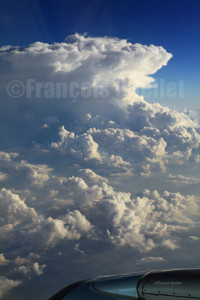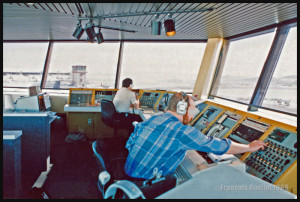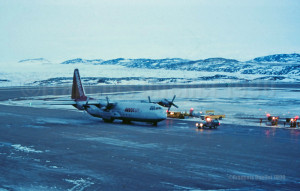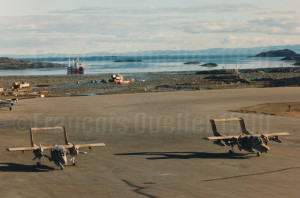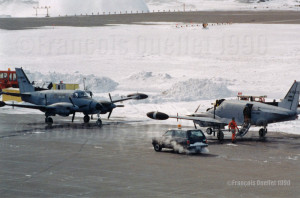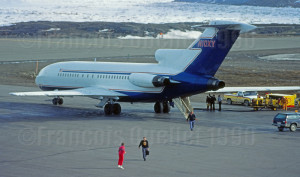In the early 1990s, I was working at the Transport Canada flight service station (FSS) in Iqaluit, providing air traffic services. While I was in charge of the HF radio communications allowing the tracking of transoceanic flights, I received a call from a controller asking me to try to contact an airliner of a big European company.
Their pilots had crossed 60 degree west without communicating with Iceland radio and it was now necessary to ensure that the projected passage time for 70 degree West and the altitude of the aircraft were still valid.
I tried to communicate with the crew using all means at my disposal, among which the SELCAL system which sent an alarm signal on board the aircraft. Nothing worked. Other airliners flying nearby the aircraft were requested to help by trying some calls on VHF emergency frequencies. But again, there were no replies.
Suddenly, about one hour after the moment that the pilots should have given some sign of life, I received an answer to my repeated calls. I told the crew that all the efforts had been made to contact them but without success. I asked them an official position report and an estimate for the next mandatory point of contact. Calmly, the pilot answered that he did not know why I had not received his calls and he immediately prepared an official position report.
It was kind of strange that on a day where the HF reception was excellent, and when all other companies were communicating with Iqaluit radio without any problem, this company stayed silent for such a long period of time.
I finally received the new position report but it clearly looked like an invention. If the data provided by the crew was correct, this aircraft would successfully fly 400 nautical miles in the next ten minutes. It would mean that at this speed, the crew expected to cross most of Canada in about one hour.
I advised the pilot to redo his calculations since, visibly, he seemed to have no idea of his position. He came back with new numbers, very different this time, which match what was expected.
I guessed that during the long transatlantic flight, both pilots slowly fell asleep while the automatic pilot kept the aircraft in flight. Suddenly woken up by the multiple calls, the crew did not take into account the movement of the aircraft during the hour where everybody was asleep and, worried not to get caught, rapidly transmitted totally erroneous calculations.
Nonetheless, the story ended well since the crew, now rested, provided exact information for the following position reports, allowing for a safe flight until destination.
For more real life stories as a FSS in Iqaluit, click on the following link: Flight service specialist (FSS) in Iqaluit
